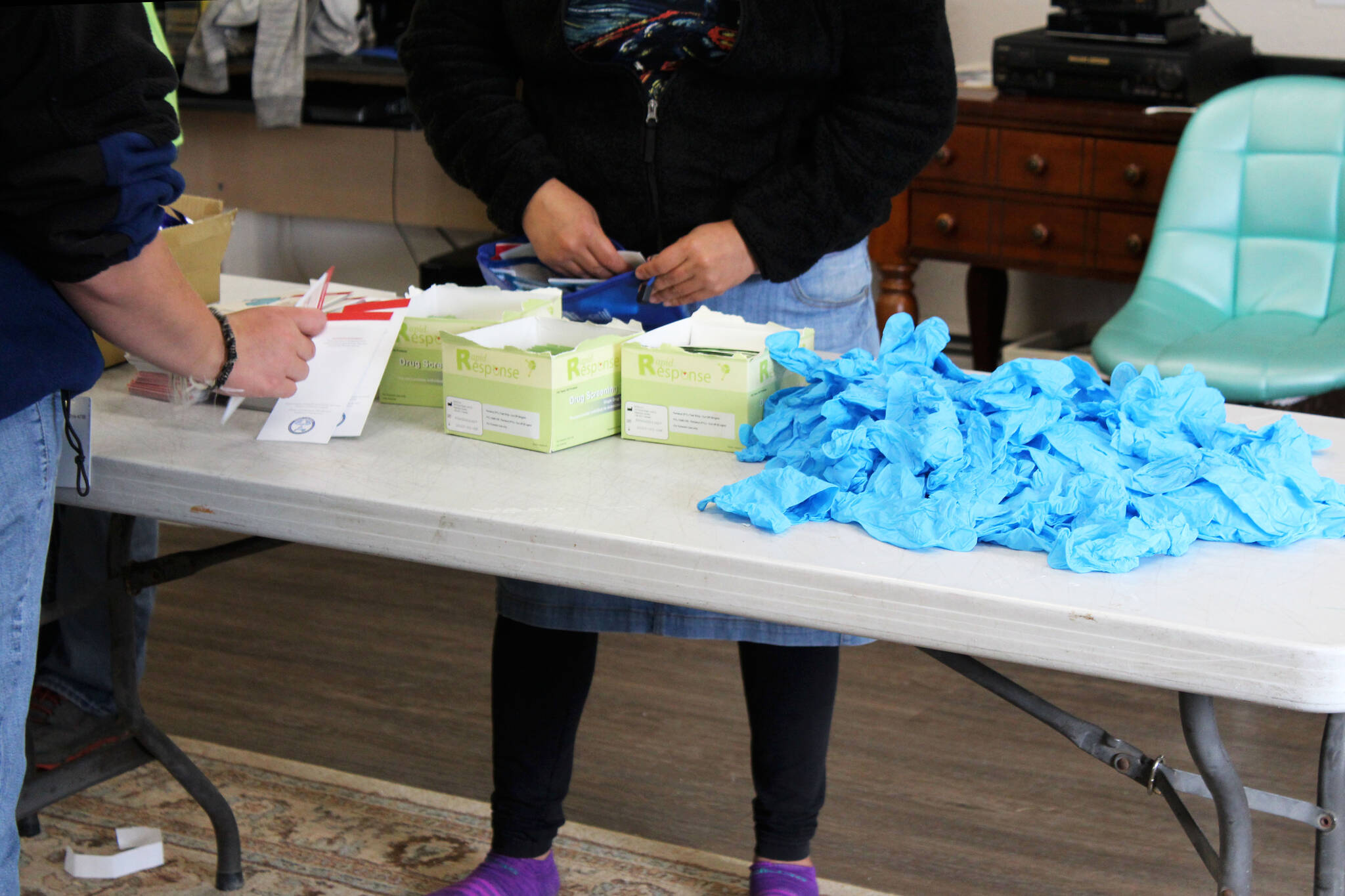The Kenai Peninsula Borough Assembly during their Tuesday night meeting accepted another $30,000 payment as part of a nationwide opioid settlement, which will be put toward opioid remediation in the borough.
The money accepted by assembly members Tuesday is the second of a series of payments to be made to the borough over 18 years. The assembly accepted in August the first settlement payment, also about $30,000. Funds received through the settlement are put into the borough’s Opioid Settlement Fund Grant Program.
The money comes from a nationwide settlement agreement involving major pharmaceutical companies Cardinal Health Inc., McKesson Corporation and AmerisourceBergen, as well as Johnson & Johnson for the role those companies played in the opioid crisis.
The three companies were the top three opioid distributors in Alaska between 2006 and 2014, according to a database maintained by the Drug Enforcement Administration, which was made public by The Washington Post and tracks shipments of oxycodone and hydrocodone pills.
The Alaska Department of Law announced earlier this year that Alaska will receive $58 million from the $26 billion settlement, about 70% of which will go to Alaska’s Opioid Abatement Accounts fund.
About $8.7 million, representing about 15% of the $58 million, will go to nine political subdivisions that opted to participate in the settlement, including the Kenai Peninsula Borough. Of that $8.7 million, the borough will get about 9.5% — around $826,500, to be distributed to the borough over 18 years.
The assembly voted in August to create the Opioid Settlement Fund Grant Program, which serves as a repository for money the borough receives as part of that settlement. Eligible entities can then apply for grants paid for by the fund.
Kenai Peninsula Borough Community and Fiscal Projects Manager Rachel Chaffee told assembly members during a Tuesday meeting of the body’s finance committee that the roughly $30,000 made available through the first year of the grant program will be distributed to two applicants. Chaffee said that she has not yet reviewed the applications but will do so this week and expects both to be approved.
Eligible uses of grant funds, which are outlined in the settlement agreement, include care, treatment and other programming designed to address the misuse of opioid products, treat or mitigate opioid use or mitigate other alleged effects of the opioid epidemic.
The borough’s grant program is limited to five grants per year to eligible agencies. Those agencies include nonprofit organizations, medical and mental health providers, businesses who employ medical or mental health providers and Native Tribes and Corporations that have not previously received opioid settlement funds.
More information about the borough’s Opioid Settlement Fund Grant Program can be found at kpb.us/mayor/grants.
Reach reporter Ashlyn O’Hara at ashlyn.ohara@peninsulaclarion.com.

